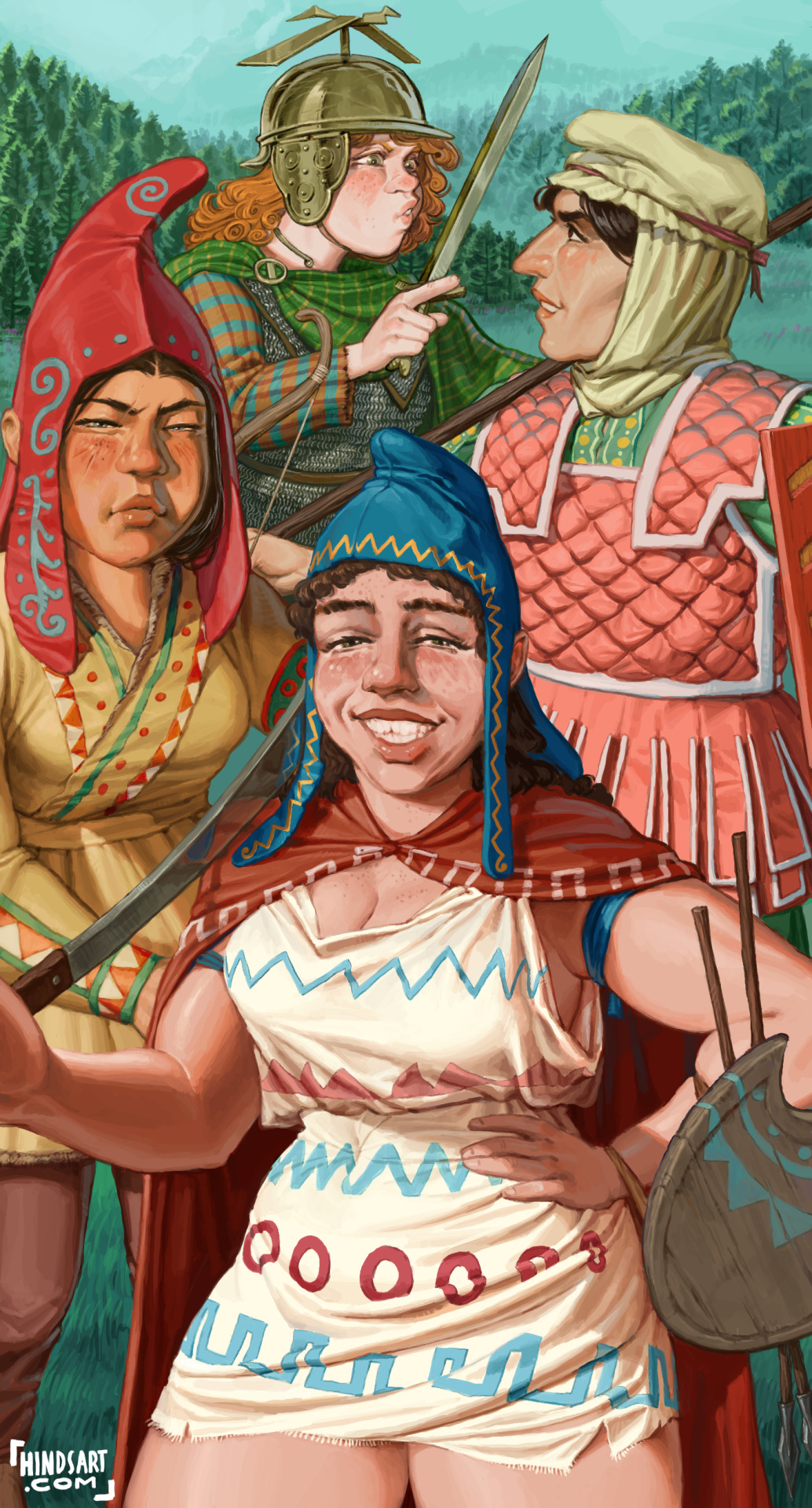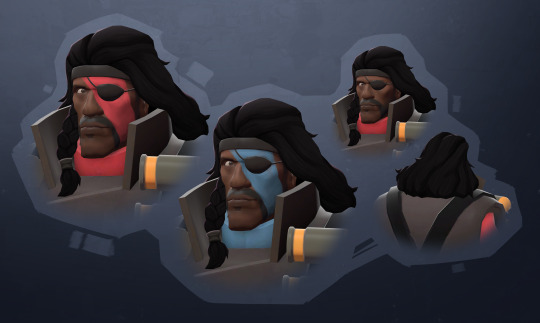#celt
Text

Ritual Celt
Olmec, Mexico, 1200-600 BC (Early-Middle Formative)
Carved in the form of the primary field clearing tool, the chopping celt, this enlarged version made from precious green stone connotes the power of the ruler who wielded it. Its functional reference and its green color imply the ruler's shamanic ability and responsibility to ensure agricultural success. The celt form as a ritual object also alludes to decapitation sacrifices for the gods who controlled nature and the growth of crops. Celts are occasionally found in burials, but most come from ritual deposits placed in pyramids, plazas, and sacred springs. The caches often contain a large number of celts arranged in rows or geometric patterns, and sometimes laid within specially colored clay or sand. Most celts are plain, as is this example, but others are incised with images of Olmec deities such as the maize god. The celt's seedlike shape, green color, and its "planting" in the ground indicate an agricultural ceremonial meaning for these special deposits. The multiple references to fertility, regeneration, and maintenance of the balance of nature would have had powerful connotations for the person wielding the ceremonial celt as an implement of political office.
20 notes
·
View notes
Text
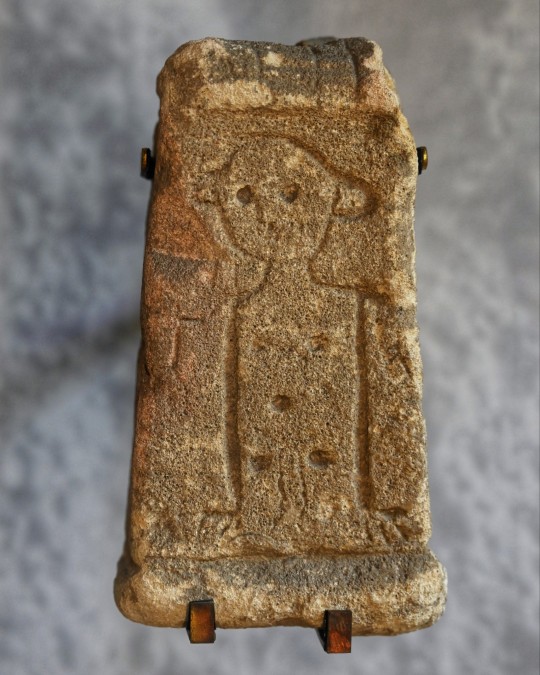
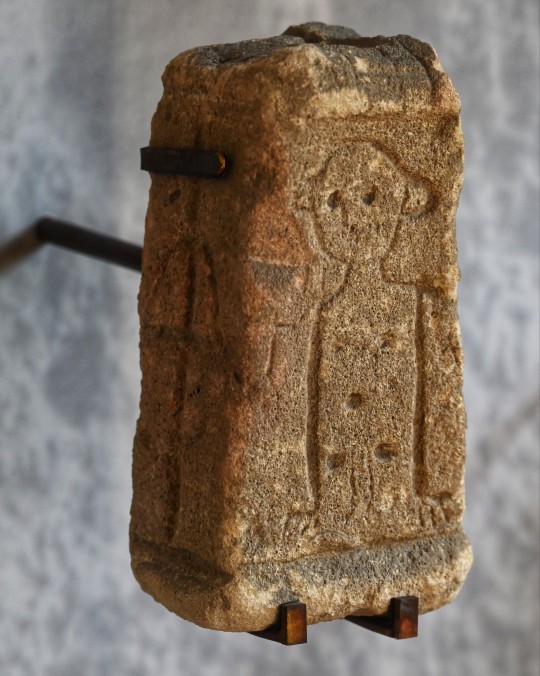
Roman Portable Shrine, Chedworth Roman Villa, Gloucestershire
One of several small altars believed to be deliberately portable, and so able to travel with individuals or families, The god is believed to represent Mars Lenus, a deity who was a Roman and Celtic amalgamation. The recessed dots would have been filled with colour, marking out the eyes, nipples, navel and genitalia.
#roman#romans#roman belief#roman living#roman army#roman design#roman archaeology#roman culture#stonework#stonecarving#celtic gods#celt#celtic#archaeology#Chedworth Roman Villa#Gloucestershire#relic#artefact
1K notes
·
View notes
Text

Celtic bird. My artwork
#celtic ornament#celtic art#celtic#celt#celtics#celtic tattoo#celtic bird#celtic style#celtic design#celtic illumination#кельты#кельтское искусство#кельтика#кельтский орнамент
84 notes
·
View notes
Photo
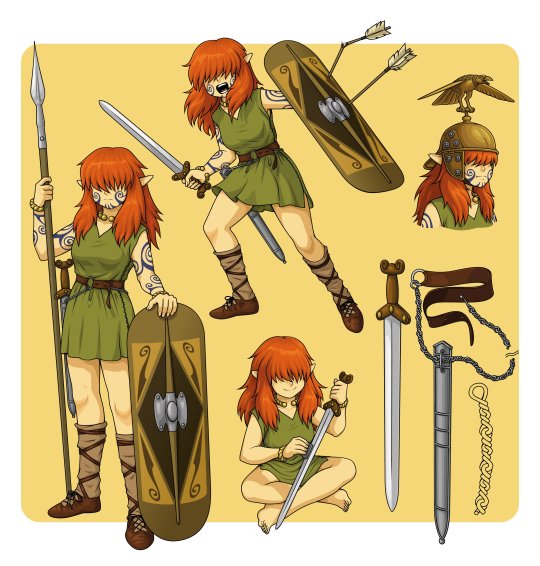
celtic warrior elf girl by piratajurasico
368 notes
·
View notes
Photo
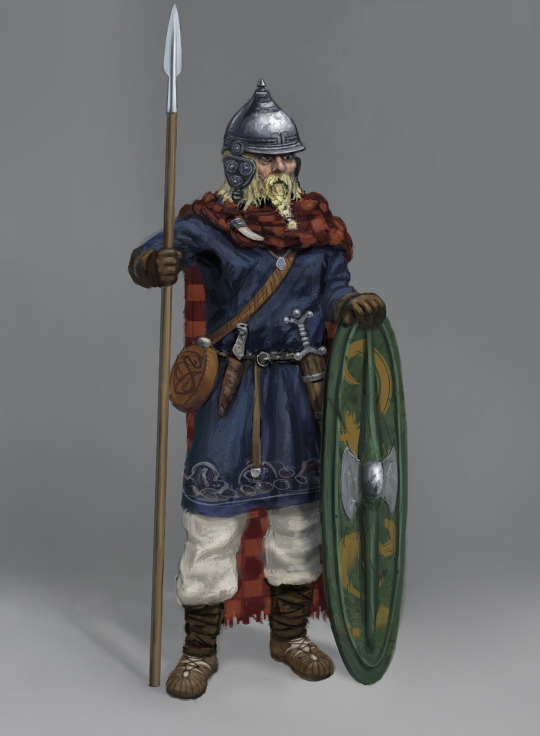
Celtic warrior
#art#painting#digital art#artwork#character design#warrior#celt#celtic#my art#artists on tumblr#illustration#spear#oc#concept#spearman
179 notes
·
View notes
Text
Witches in Britain fall on either side of the divide and the divide runs along the border of Wales and the Highland line of Scotland. So on one side the Scottish Highlands and islands and Wales, and the other side is lowland Scotland and England. And they are actually two different cultures when it comes to witch hunting - they are two different cultures in other ways as well. What they have in common, although with great variations between them, is that they are Celtic societies. In Celtic speaking societies there doesn't seem to be a disposition to hunt witches, instead, misfortune tends to be blamed on land spirits - faeries.
Professor Ronald Hutton puts forward his theory for why, historically, there was a lack of witch hunts in the Celtic speaking societies of Britain, in comparison to the non-Celtic parts i.e England.
Transcription from the podcast series 'Witch' - Episode 2 - Natural Magic. Full series can be found here
#witches#pagan#celtic#wales#cymru#scotland#highlands#witch trials#witchy#land spirits#faeries#celt#professor ronald hutton#ronald hutton#witch hunt#celtic nations#history#culture#emeraldgazette
76 notes
·
View notes
Text
Brigid,
May my forge be fed by your flame,
May my quill be guided by your spark,
May my flesh be healed by your embers.
May the harsh winter give birth to a fertile spring and a calmer earth, may your sun shine on the struggles and acts of solidarity that are preparing the world of tomorrow.
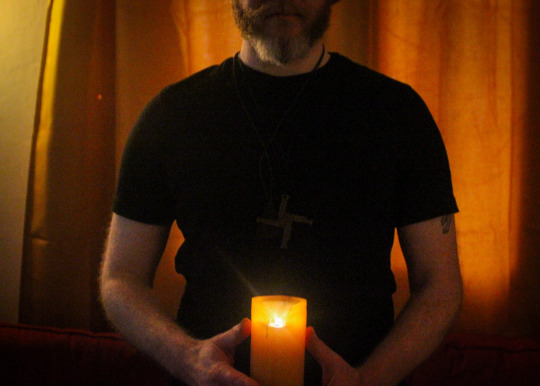

#imbolc#pagan#pagan witch#paganism#celtic#irish#irish paganism#brigid#brigitte#wheel of the year#Candle#Poem#Prayer#Blessing#Saint#Gaelic#Celt#Beard#Witch
22 notes
·
View notes
Text

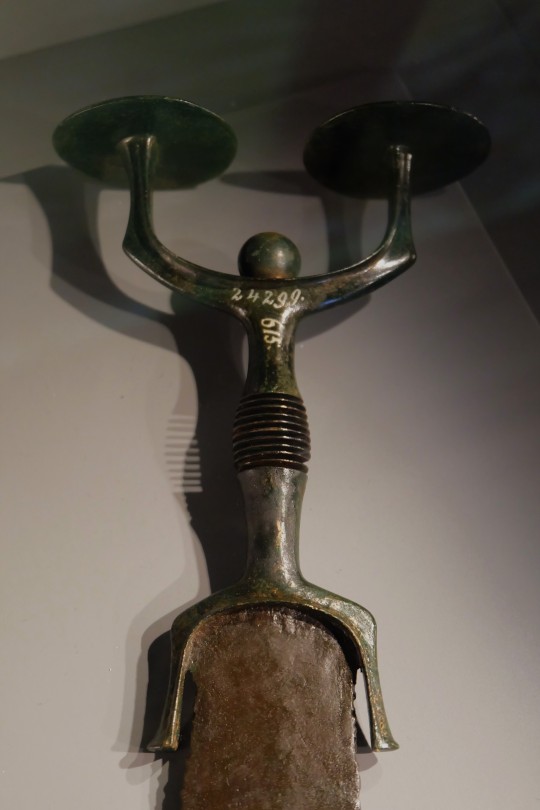
Antenna Dagger from Hallstatt, Austria dated between 600-400 BCE on display at the Museum of Natural History in Vienna, Austria
Many grave goods found in Hallstatt were made far away. This indicates a large trading network which covered practically the whole of Europe in the Early Iron Age. Between 600 and 400 BCE contacts to the east (Carniola, modern day Slovenia) and the southeastern Alps (today Italy) intensified.
Photographs taken by myself 2022
#sword#art#celt#celtic#ancient#iron age#archaeology#austria#austrian#military history#museum of natural history#vienna#barbucomedie
58 notes
·
View notes
Text

Perhaps a word needs to be said concerning the distinction between the terms Celtic and Druid.
Celtic refers to the people, the culture.
Where as Druid refers to the religion of the people, their priests.
Simply put: All Druids were Celts, but very few Celts were Druids.
28 notes
·
View notes
Photo


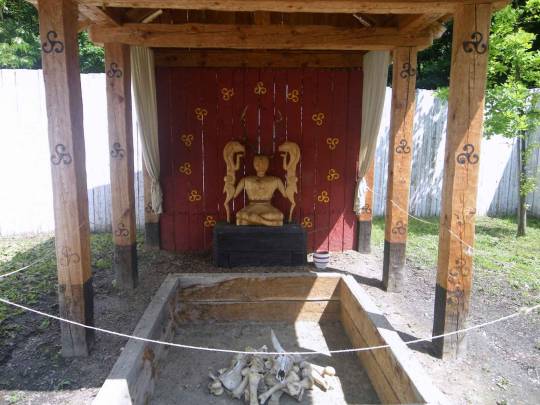
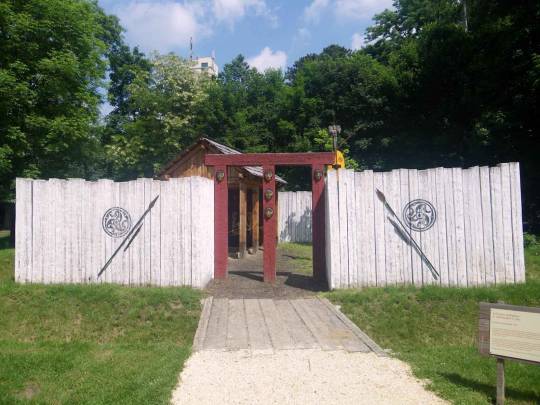
Asparn Zaya replica of a Celtic sanctuary, Austria
182 notes
·
View notes
Text
Ancient Irish Law
‘Irish law is the oldest, most original, and most extensive of mediaeval European legal systems. It is a unique legal inheritance, an independent indigenous system of advanced jurisprudence that was fully evolved by the eighth century. It is also far less well-known than it deserves.’
‘Early medieval Ireland evolved a system of law (often called ’Brehon’ law, from the Old Irish word brithemain…

View On WordPress
#Ancient Irish Law#Annals of Connacht#Brehon Law#CELT#Corpus of Electronic Texts#D.A. Binchy#Dublin#Former Director#Galway#Irish Law#Maeve Binchy#National University of Ireland#Professor Donnchadh Ó Corráin#RIIP#Royal Irish Academy#Trinity College
11 notes
·
View notes
Text
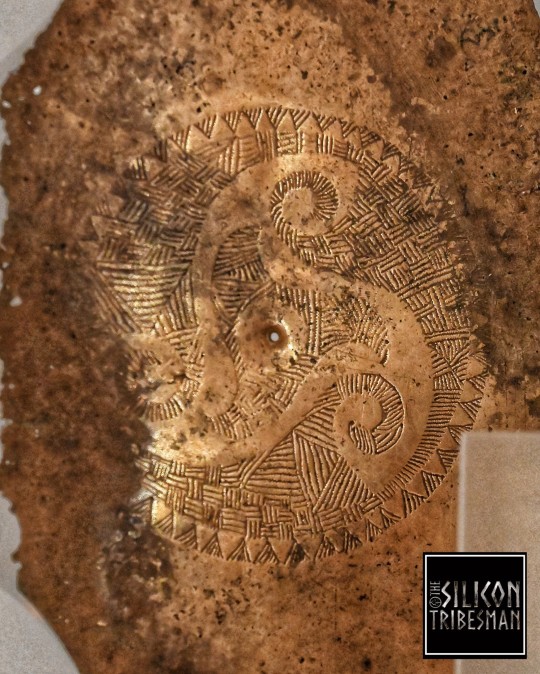

Iron Age Hoard With Curvilinear Design, St Fagans National Museum of History, nr. Cardiff, Wales
#ice age#stone age#bronze age#copper age#iron age#prehistoric#prehistory#neolithic#mesolithic#paleolithic#curvilinear#celtic#celt#ancient living#ancient symbols#ancient design#cardiff#wales#archaeology#metalwork
117 notes
·
View notes
Text

Thorondor, the King of the Eagles.
My art in Celtic style, inspired by Tolkien universe and miniatures from the Book of Kells.
#artists on tumblr#book art#art#celt#celtics#celtic design#celtic art#кельты#кельтика#fantasy art#fantasy illustration#fantasy artist#illuminated#book illustration#illustration#Book of Kells#celtic ornament
39 notes
·
View notes
Text

Queen Boudica Vows Revenge
By Jeff Stanford, 2024
Buy prints at:
https://jeff-stanford.pixels.com/
#© Jeff Stanford#midjourney#midjourneyart#ai#discord#digitalart#aiart#Artists on tumblr#queen#Boudica#Celt#Celtic#Iceni#Britain#Romans#warrior#rebellion#revenge
19 notes
·
View notes
